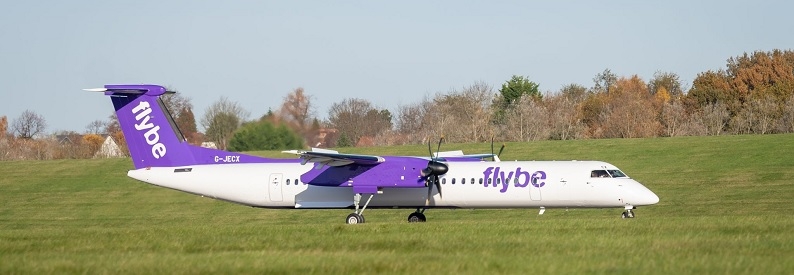flybe.’s Final Dissolution Leaves Creditors Facing £684 Million Shortfall

The saga of flybe., once hailed as one of the UK’s prominent regional airlines, reached its conclusion with the company’s official dissolution on March 18, as stated in the UK’s Companies House records. Operating under the name FBE Realisations 2021 Limited since 2020, the airline leaves behind an extensive trail of financial woes, with 935,460 claims amounting to GBP684 million (approximately USD865 million) from creditors left unresolved.
The financial aftermath reveals that unsecured creditors were left without repayments, and secured creditors only recovered a fraction of the amounts due. Among the hardest hit was BRAL Trustees, owed GBP96.5 million (USD122 million) for training services, ultimately receiving a mere GBP3.1 million (USD3.9 million). GLAS, a non-bank loan agency, managed to secure GBP31.3 million (USD39.6 million). A total of GBP2.7 million (USD3.4 million) was distributed among 2,066 preferential creditors and four Redundancy Payment Service claims.
This closure marks flybe.’s second downfall within a span of three years, following an initial collapse in March 2020 amidst the COVID-19 pandemic. A revival attempt materialized in April 2022 under the new guise of flybe. based in Birmingham, GB, after Thyme Opco, backed by hedge funds, acquired some of flybe.’s assets and sought to resurrect the brand. This effort saw some employees transition to the new company, which was acquired for a nominal consideration.
Despite the enthusiasm surrounding flybe.’s return, the venture was short-lived, succumbing to financial instability and ceasing operations after just 10 months. The subsequent failure resulted in unrecoverable debts surpassing GBP82.6 million (USD105 million), extinguishing any hopes of reimbursing FBE Realisations’ creditors, further complicating the financial landscape left in the wake of the original flybe.’s demise.
The dissolution of FBE Realisations 2021 Limited, alongside the financial turmoil it leaves behind, underscores the turbulent nature of the aviation industry, particularly for regional carriers grappling with economic pressures exacerbated by global crises such as the pandemic.
